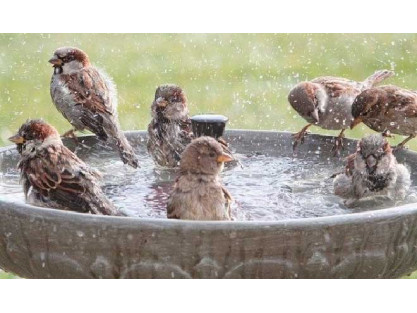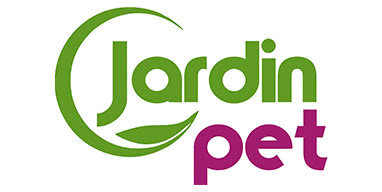
Birds and extreme heat
We are all susceptible to suffer from heat stroke. But in the case of birds, it is a very dangerous and sometimes even mortal problem. Today we would like to explain the main symptoms of heat stroke in birds so that you are able to intervene immediately and give you some advice on how to protect them and avoid this situation.
SYMPTOMS OF HEAT STROKE IN BIRDS
1. A high body temperature
If the ambient temperature exceeds 26º, the birds start to go into heat stress.
If you don't take measures to reduce this temperature, it will probably rise rapidly, causing heat stress in the birds.
Checking the temperature of the birds when the room temperature is high is a good way to detect this problem.
2. Heavy breathing and erratic movements
One of the first symptoms of heat stress in birds is erratic movements. These movements start with the purpose of seeking shade and coolness, but gradually change and other confusing movements may appear:
The bird stands with its feathers close to its body and wings open in an effort to reduce its body temperature.
It breathes with its beak open to take in more air.
3. Trembling and convulsions
The most serious symptom is when they begin to tremble and convulse. This is a critical moment because it means that the bird is about to lose consciousness. The bird must be cooled immediately, but without causing thermal shock.
PROTECT YOUR BIRDS FROM HEAT SHOCK
To avoid the situation, we must take precautions to increase the bird's possibilities of survival, especially in summer and in particularly hot areas.
1. Follow the weather forecast
This is the best way to prevent heat stroke. Especially if you are going out of the house or if your bird is going to be left alone. This way, you will be able to adapt their location so that they can avoid strong exposure to the sun.
Remember that it is also not advisable for them to receive direct cold from a fan or air conditioning.
2. Fresh water
You should provide abundant fresh water to avoid dehydration. Provide water at different points, avoid the risk of not having enough for your bird. Your bird may tip over its drinker and run out of water sooner than expected.
3. Refresh your birds
On days when the temperature exceeds 261, you can spray your bird with water, always in a safe way and without leaving it exposed to draughts.
You can also renew the water where they bathe and down the blinds.

All comments